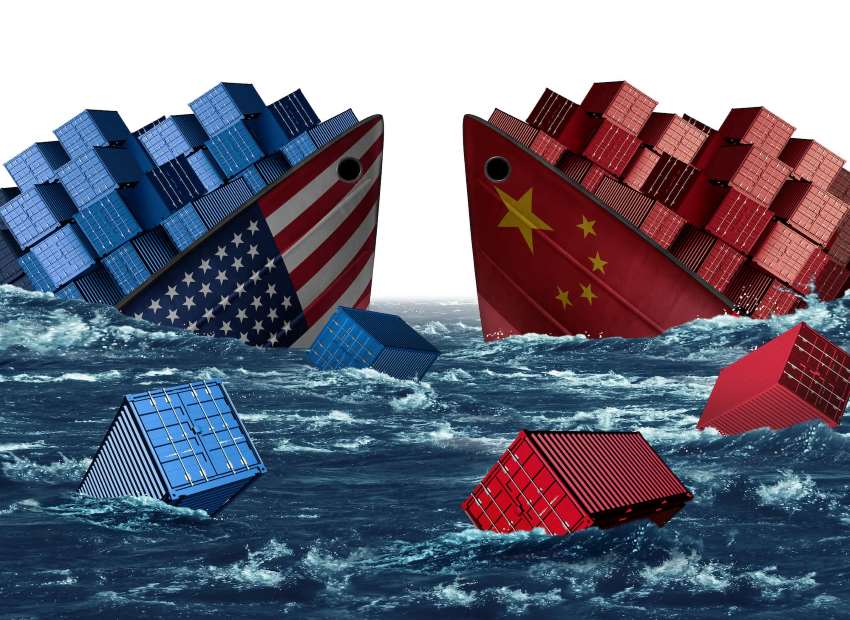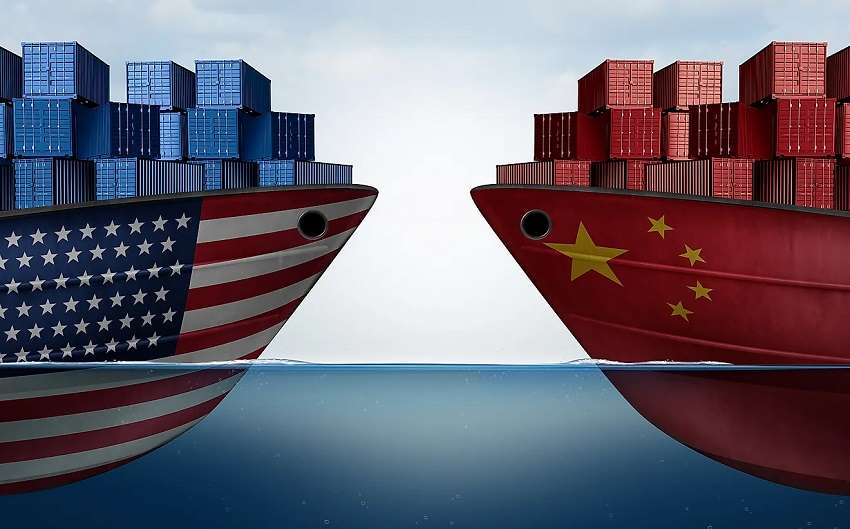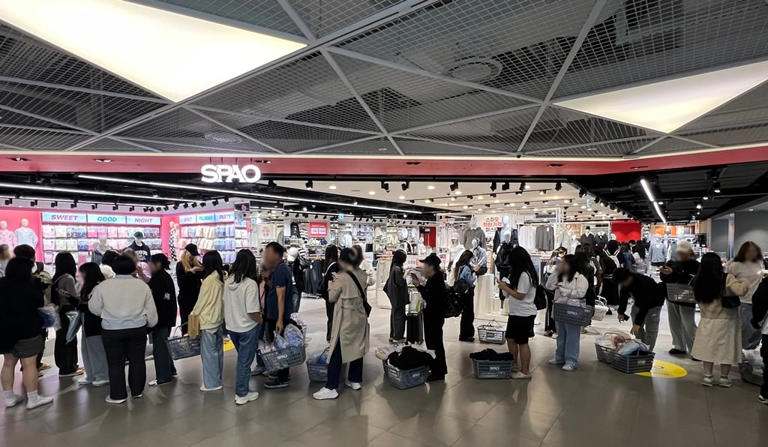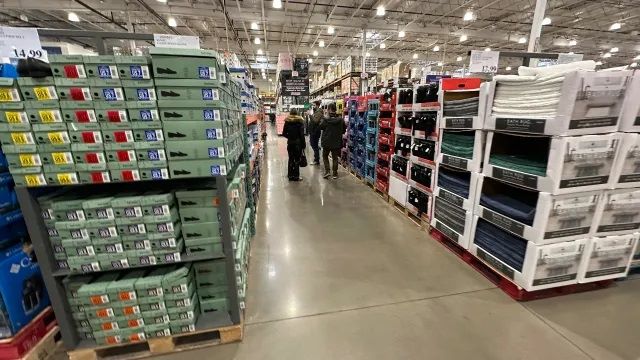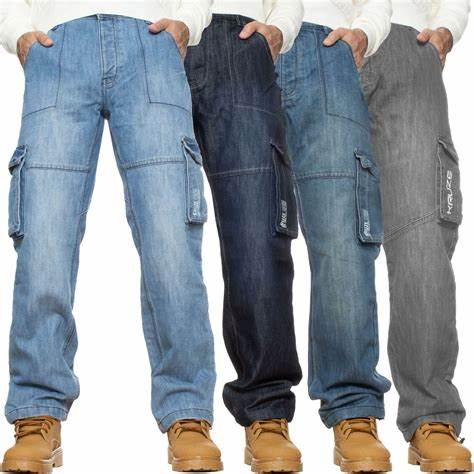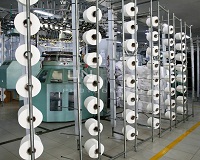
From the famous Dhakai muslin, Bangladesh is known for its heritage textile products since ages. One of the main specialities of artisans is hand knitting specifically sweaters. Not just this, Bangladesh houses one of the largest knitting capacities in the world and has brought a revolution in automation in automatic knitting as well.
Earlier knitting and knitwear firms were centred in and around Narayangonj in Bangladesh. Today they are well spread throughout major garment manufacturing zones. The hosiery sector started expanding into knitting industry after the expansion of RMG sector since 1980s and 1990s, which greatly boosted their growth. In the last fiscal year 2016-17 when Bangladesh apparel export has seen lowest growth in 15 years, the knitwear export increased by 3.01 per cent. Knitwear export stood to $13757.3 million in FY 2016-17 while it was $13355.42 million. For the FY 2017-18, Bangladesh has set an ambitious target to increase knitwear export to $15.1 billion.
Gauging the viability
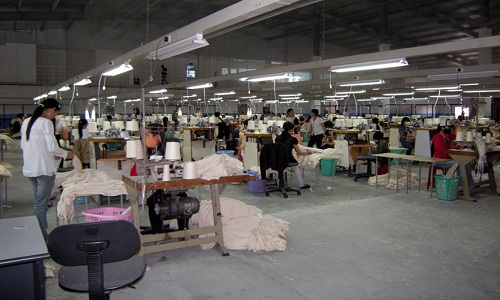
Figures reveal another picture for this industry, while cost of production of average single jersey regular ‘knitting’ varies between Taka 20-24 per kg the rate of knitting for the same fabric still fall within Taka 12-15 per kg. This is in turn making knitting industry an unviable proposition. While vertical composite industries are investing more in knitting to make sure seamless delivery and production of fabric. Account books of all the ‘knitting’ units show losses. Given this a scenario, reducing cost is important in ‘knitting units’. More importantly, price of ‘knitting’ job work must be increased.
Need for big ticket investments
In order to achieve the goal of $50 billion in RMG export by 2020, Bangladesh has to rely heavily on its knitting and knitwear industry. No wonder experts say the country requires more investment in ‘knitting’. In recent times, not many small cottage like knitting factories are built and it’s highly unlikely that further investments would pour into the industry. Most of the new machinery is bought by big companies to build vertical capacity reducing outsourcing in knitting. Investment should be done to reduce cost and to increase value addition. Knitting units should invest to increase productivity, efficiency, reduce cost and increasing automation.

